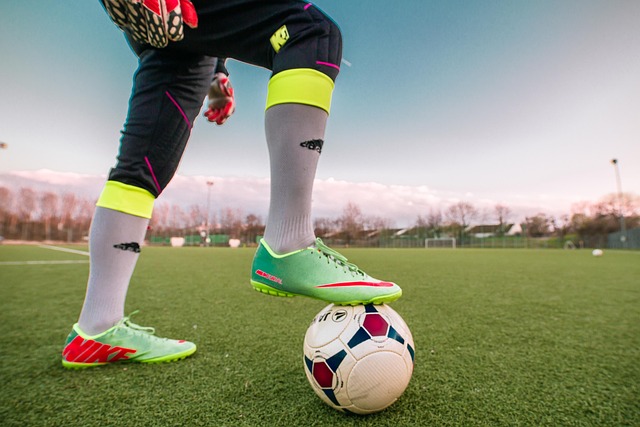Football Boots: Choosing the Right Pair for Your Surface
Selecting football boots can feel technical, but the right pair improves comfort, reduces injury risk, and suits how and where you play. Football boots vary by stud pattern, upper material, fit, and intended surface. This article breaks down key differences between models, explains how to match boots to playing surfaces and positions, and clarifies how features of soccer cleats and athletic footwear affect performance on a grass field or an indoor court.

Choosing football boots for different surfaces
Football boots are designed with surfaces in mind: firm natural grass, soft muddy fields, artificial turf, and indoor courts each call for specific features. For natural grass, look for studs that provide traction without excessive penetration. For synthetic turf, flatter soles or turf-specific studs distribute pressure and reduce wear. Using the wrong boots on a surface can impair movement and increase slip risk. Consider where you spend most training and match time and choose boots that match that environment to balance grip and comfort.
Soccer cleats: fit, materials, and feel
Fit and materials determine how a soccer cleat performs. Uppers range from traditional leather to modern synthetic knit. Leather conforms to the foot and can offer a softer touch, while synthetics tend to be lighter and more water-resistant. The last (shape of the internal mold) affects width and toe volume, so try boots on with match socks and mimic lacing tension used in play. Heel lockdown and midfoot stability are vital to prevent slipping inside the boot during quick turns and sprints.
Athletic footwear features that affect play
Beyond studs and uppers, athletic footwear features such as cushioning, weight, and plate stiffness influence comfort and agility. A stiffer sole plate can transfer power better for explosive movements, while more flexible soles aid ball control and comfort for dribbling. Cushioning choices affect impact on joints; minimal cushioning favors ground feel but may increase discomfort on harder surfaces. Consider personal priorities like ball touch, acceleration, and injury history when balancing these attributes in a pair of football boots.
Stud choices for a grass field
On a grass field, stud type and arrangement are the main factors for traction and stability. Molded studs (fixed plastic or rubber) suit firm natural grass, offering consistent grip and easier maintenance. Removable metal or hybrid studs can be preferred on wet or soft ground because they penetrate deeper for improved traction, but they require careful regulation checks and can increase stud pressure. Stud pattern matters too: conical studs allow easier rotation, while bladed studs can provide more linear traction for sprints and cuts. Match stud choice to field conditions and playing style.
Using football boots on an indoor court
Indoor court play requires a different approach; cleats are generally not suitable for indoor court surfaces. Shoes for an indoor court need flat, non-marking soles that maximize surface contact and grip without studs. Indoor-specific shoes have gum rubber outsoles and lower profiles to promote quick direction changes. If you primarily train indoors but occasionally play outdoors, maintain a separate pair for each surface to preserve outsole integrity and ensure consistent performance. Avoid using outdoor cleats on indoor courts to prevent damage to the playing surface and reduce slip risk.
This overview highlights the main factors to consider when choosing football boots: surface compatibility, fit, materials, and technical features like studs and sole construction. Prioritizing the right combination for your playing environment and personal needs helps maintain comfort, improve performance, and limit avoidable equipment-related issues on both grass fields and indoor courts.
Conclusion
Choosing appropriate football boots is a balance of surface compatibility, fit, and functional features of soccer cleats and athletic footwear. Assess where you play most—grass field or indoor court—try different fits and materials, and consider stud configuration relative to field conditions. Thoughtful selection helps you move confidently and reduces unnecessary wear on both boots and playing surfaces.






